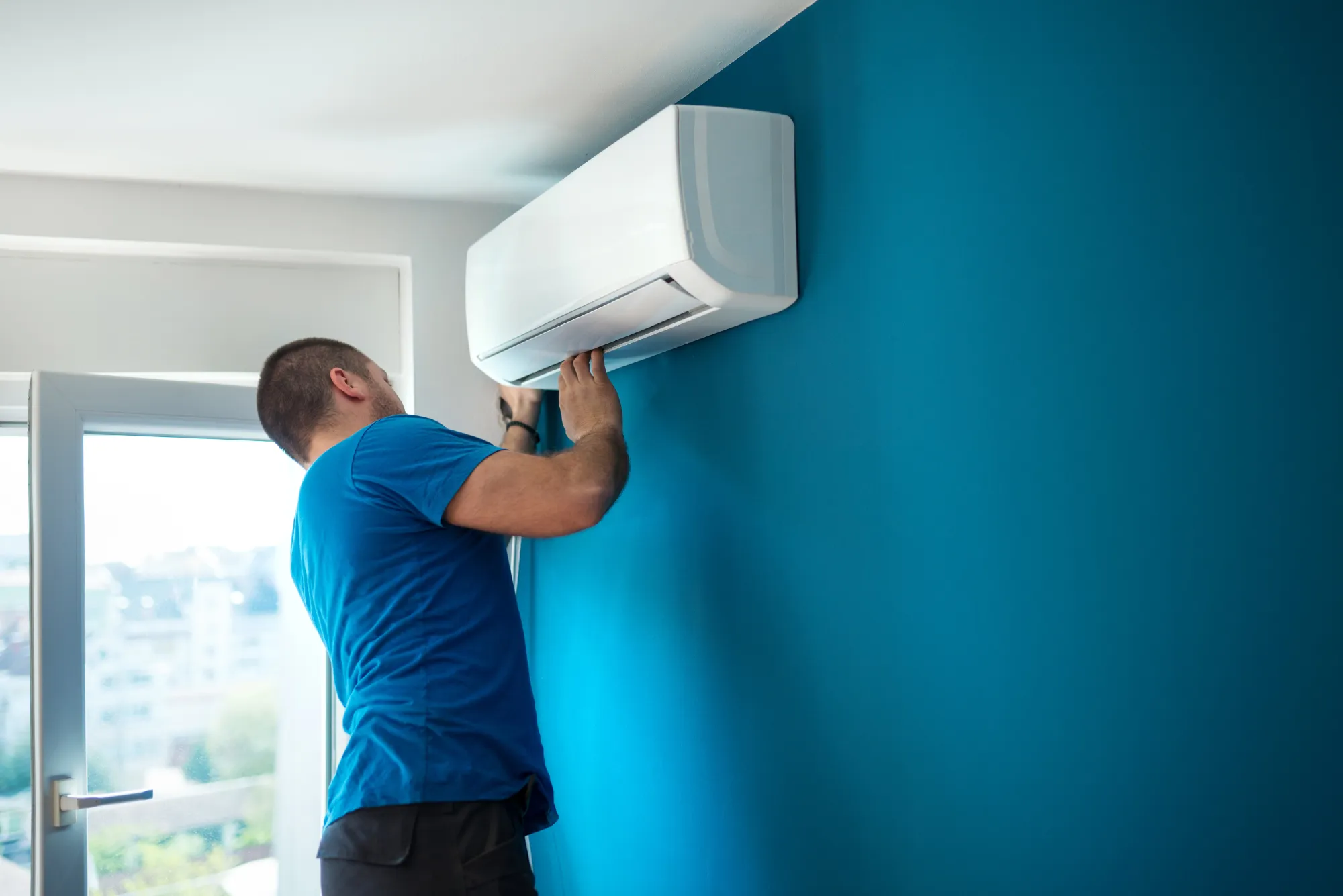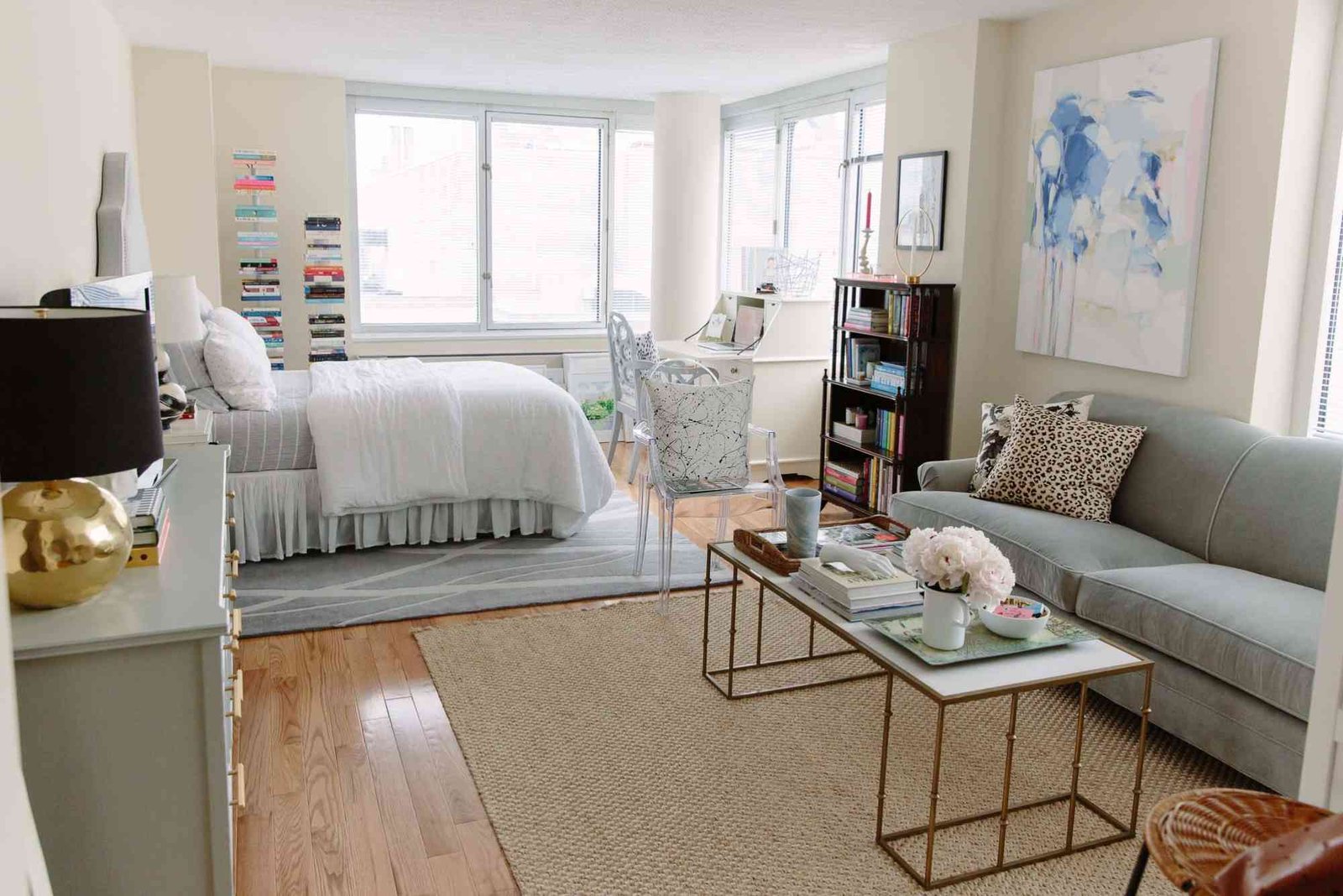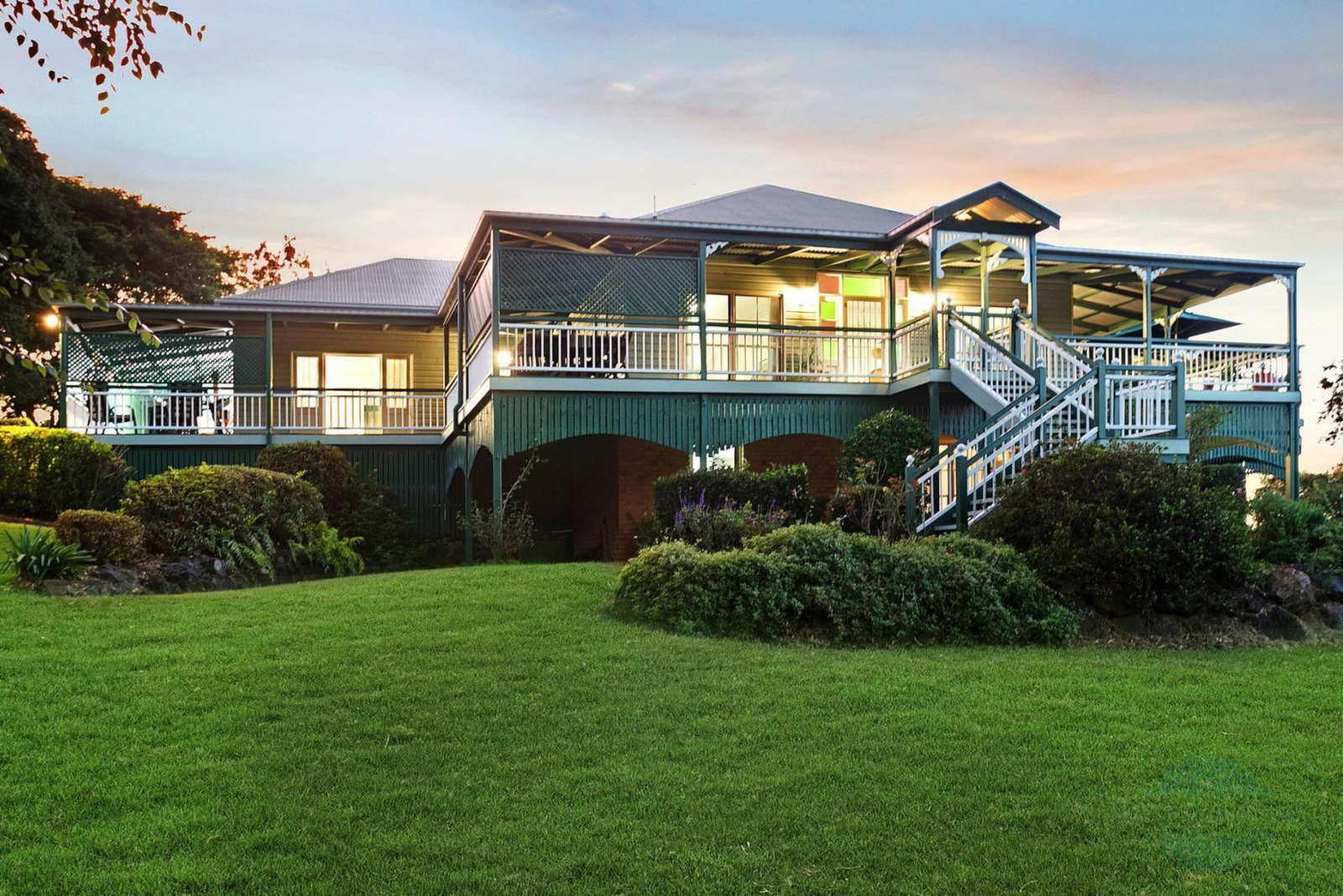Installing an air conditioning unit correctly is essential for optimal cooling performance and energy efficiency. Whether setting up a new system for your home or business, the process requires careful planning and execution. From selecting the right unit to ensuring proper placement, understanding the installation process helps in achieving long-term efficiency and comfort.
Choosing the Right AC Unit
Before beginning the installation, selecting the right type of air conditioning system is crucial. AC units come in various models, including split, window, portable, and ducted systems. Each type serves a different purpose based on space requirements, cooling needs, and energy efficiency.
Split ACs are a popular choice for homeowners looking for a seamless cooling experience due to their quiet operation and efficiency. Window ACs, on the other hand, are ideal for single-room cooling and require minimal modifications during installation. Businesses often opt for ducted air conditioning systems, which provide centralized cooling while maintaining an aesthetic appeal.
Preparing for AC Installation
Once the ideal AC unit is selected, preparation is key to a successful installation. This includes choosing a suitable location, gathering necessary tools, and ensuring the electrical system can support the unit. Proper placement enhances airflow and cooling efficiency while preventing obstructions.
Wall-mounted split ACs require a sturdy wall with adequate support, while window ACs should be positioned where there is proper ventilation. Outdoor units should be placed on a stable surface, away from direct sunlight and obstructions, to optimize performance and longevity.
Step-by-Step AC Installation Process
1. Installing a Split AC
For a split AC, the installation process involves mounting the indoor unit, setting up the outdoor compressor, and connecting refrigerant lines.
- Mounting the Indoor Unit: The indoor unit should be installed at a height that ensures uniform airflow. A secure bracket is fixed to the wall before attaching the AC.
- Setting Up the Outdoor Unit: The outdoor unit should be placed on a stable, vibration-free surface. Proper spacing is essential to allow sufficient airflow and heat dissipation.
- Connecting Refrigerant Lines: The refrigerant pipes and electrical connections must be properly insulated and sealed to prevent leaks. A vacuum pump is used to remove air and moisture before releasing refrigerant into the system.
2. Installing a Window AC
For a window AC, installation involves fitting the unit securely within a window frame and sealing any gaps for proper insulation.
- Positioning the AC: The unit should be centered within the window opening, with support brackets ensuring stability.
- Sealing Gaps: Foam insulation strips or weatherproof seals help prevent hot air from entering the room and improve cooling efficiency.
- Connecting Power Supply: A dedicated electrical outlet with the appropriate voltage rating should be used to prevent overload issues.
3. Installing a Ducted AC System
Ducted air conditioning systems require professional installation due to their complexity. These systems involve concealed ductwork that distributes cool air across multiple rooms. Working with an experienced ducted AC supplier ensures proper duct design, insulation, and airflow optimization, which contribute to long-term energy savings.
Benefits of Professional AC Suppliers
Choosing a reliable AC supplier ensures high-quality products, expert installation, and ongoing maintenance support. Professional suppliers provide energy-efficient AC models that comply with industry standards, reducing electricity consumption and environmental impact.
A trusted AC supplier also offers extended warranties, after-sales service, and expert recommendations for selecting the best cooling solution. Whether for residential or commercial use, working with an experienced supplier guarantees reliable performance and durability.
Cost and Energy Efficiency Considerations
The cost of installing an AC unit varies based on factors such as system type, installation complexity, and energy efficiency ratings. While initial costs may seem high, investing in an energy-efficient model leads to long-term savings on electricity bills.
Modern AC units come with advanced features such as inverter technology, smart thermostats, and eco-friendly refrigerants that enhance efficiency while reducing operational costs. Selecting an AC with a high SEER (Seasonal Energy Efficiency Ratio) rating ensures optimal performance with minimal energy consumption.
Tips for Selecting a Reliable Ducted AC Supplier
For those opting for a ducted air conditioning system, partnering with a reputable ducted AC supplier is essential for seamless integration and maximum efficiency. Key factors to consider include:
- Experience in providing customized cooling solutions
- Availability of high-performance energy-efficient models
- Comprehensive installation and maintenance support
A well-established supplier ensures hassle-free installation, reducing the risk of system failures and ensuring long-term reliability.
For businesses and homeowners seeking high-quality air conditioning solutions, Finders provides expert guidance on selecting the best AC units tailored to individual cooling needs. Working with industry professionals guarantees optimal performance and long-term efficiency.
Conclusion
Proper AC installation enhances cooling efficiency, extends system lifespan, and reduces energy consumption. Whether installing a split, window, or ducted AC, ensuring a well-planned installation process is crucial for optimal performance. Choosing a professional AC supplier ensures access to high-quality systems, expert installation, and long-term support, making the investment worthwhile for residential and commercial spaces.












